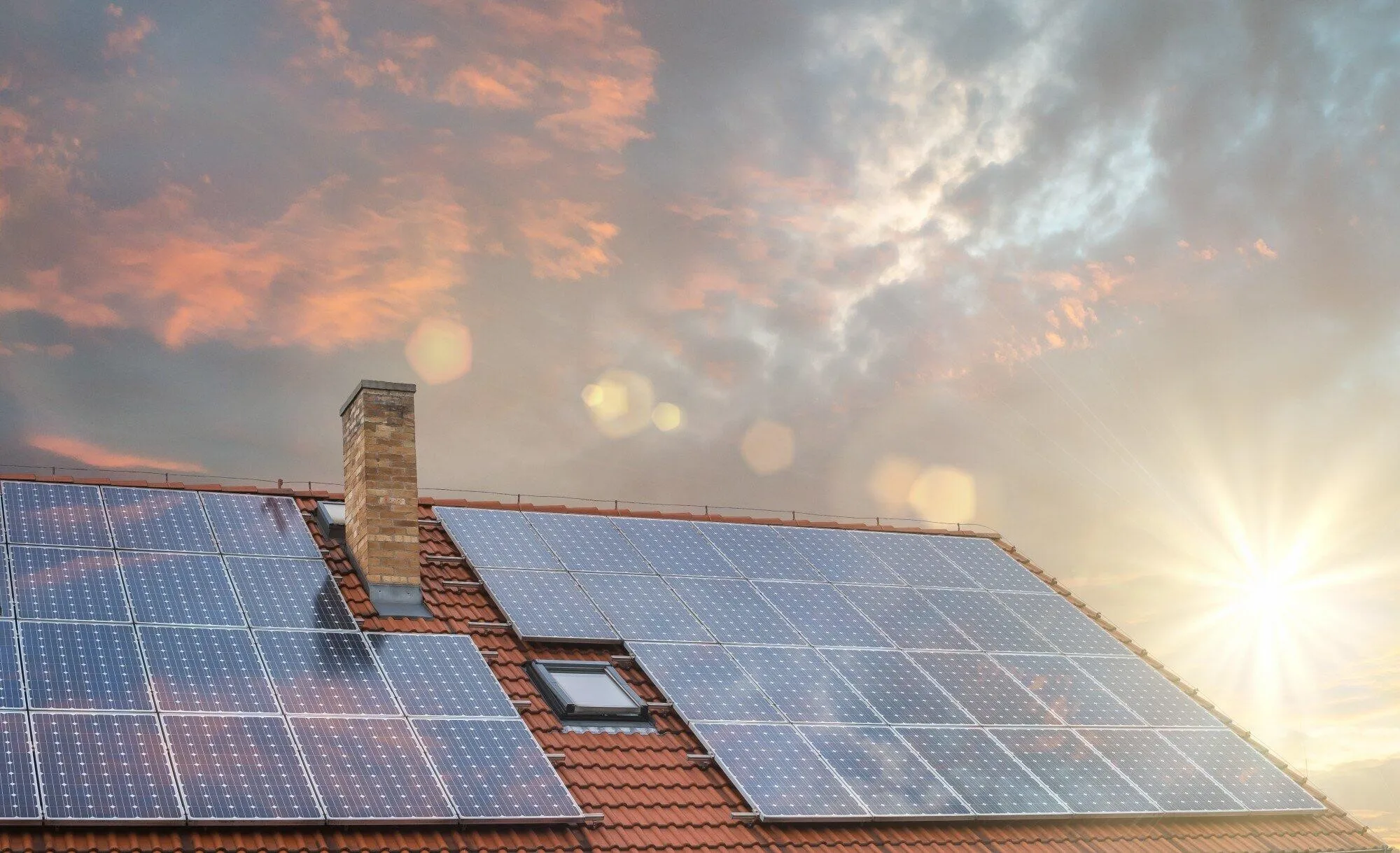Table of Contents
Homes that are 10 years or older have tired insulation, simply put. Gravity, age, and temperature changes season after season take a toll. And that cost comes in less and less effectiveness in the insulation’s effectiveness. However, because much of the insulation is behind walls and out of sight. Internal walls also tend to make things hard to get to as well. Refreshing the insulation professionally solves this problem, and it gives the home its added protection against the hot and cold temperatures outside.
The Attic is a Great Place to Start
The attic is probably the easiest area to access, and it traps or releases most of the house temperature, especially heat. Warmth rises in a home. Even in a two-story home, it goes through the bottom ceiling and eventually to the top. If the attic insulation is operating poorly or no longer provides proper insulation later, all that heat is going to seep out of the home as it rises. With a new layer upgrade, the difference can be felt throughout the home as the heat is trapped better and reduces the need to keep reheating so much. An HVAC system, can be a notable saving in natural gas charges or heating oil with less firing of the furnace.
The Walls are Trickier
A good amount of cold can seep through the walls, especially where there is a gap. A good way to test this is on a cold day. Put your hand near a wall electrical socket and feel if there is a breeze. If you feel cold air pressure coming through, the insulation isn’t working well in the wall. The cold drops and increases pressure at lower levels, so bottom floor plug sockets indicate an insulation failure when it’s happening.
There are two big methods for updating wall insulation. The first involves opening the wall and repacking it with new insulation. This tends to take more work and requires opening up a slot in the internal wall, insertion, and then repairing. The second method involves foam injection. The foam is pushed into the wall cavity with a small hole, and it fills up the cavity as the foam expands. While both methods work, the method and approach can vary from one service provider to another. So, it’s valuable for a homeowner to ask about options before getting started with a service.
Rating Targets
In areas that see a lot of winter and snow in the cold season and reasonable summers, the latest rating expects an R-38 for home insulation. That translates into different minimum thicknesses of insulation, depending on the material used, which ranges from fiberglass to cellulose. In warmer climates, the minimum rating can be less, but it’s still a requirement. The problem, however, is that older homes had lower ratings. And they have begun to perform worse over time with age. Updating home insulation returns the efficacy of the home’s protection.
Calling in the Professionals
One of the best ways to improve a home’s temperature control again is with a professional insulation update. It’s an investment, but the effort is worth the commitment. The results produce a home that performs better with temperature protection, reduces strain on the home’s HVAC system, and the home environment stays consistent better, whether in winter or summer. If your home seems to be heating often or the A/C is running constantly, it may be time for an insulation improvement. Don’t ignore it. That’s hundreds of dollars in utility charges every month that could be saved. Utilities aren’t likely to lower their prices anytime soon, but controlling your home insulation puts the decision-making back in your hands.

Liam Stephens is a dynamic and skilled blogger, recognized for his ability to identify trends and create compelling content. As the founder of Remi-Portrait.com, Liam has become a reliable source of information across various fields such as food, technology, health, travel, business, lifestyle, and current events. He specializes in delivering up-to-date technology news and insights, catering to the diverse community that surrounds Remi-Portrait.com. His proficiency and engaging writing style have earned him a dedicated audience, solidifying his reputation in the digital sphere.



